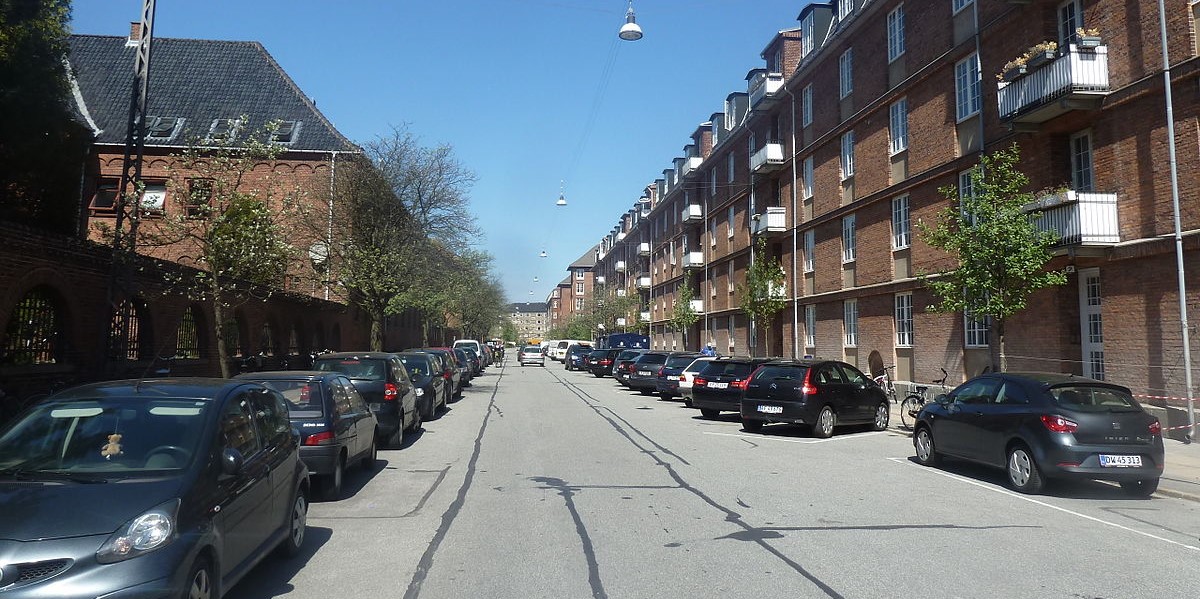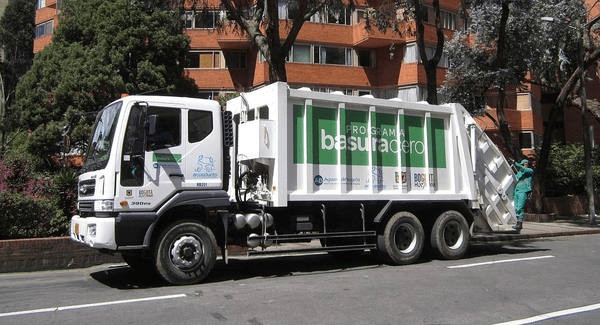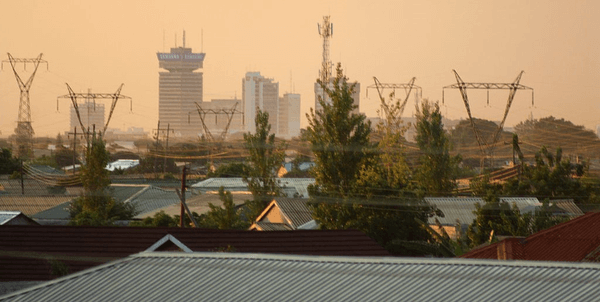
City
Copenhagen
Main actors
Local Government, Private Sector, NGO / Philanthropy, Community / Citizen Group, Public Utility, other
Project area
Neighborhood or district
Duration
Ongoing since 2011
Initiatives for climate change adaptation are being implemented in Copenhagen's St. Kjelds’ neighbourhood. More green spaces and innovative cloudburst solutions will increase the area’s resilience against flooding and improve life quality for residents.
The Copenhagen Climate-Resilient Neighbourhood strategy represents an innovative model for climate adaptation, driven by efforts to engage and empower citizens in their own neighbourhood. Through this initiative, "green" and "blue" solutions are being implemented at ground level to better manage the flow of rainwater in urban spaces and subsequently improve the neighbourhood's resilience against cloudburst damage. The strategy introduces bicycle paths that act as storm water channels, as well as water towers and canals that carry water from the neighbourhood to the harbour. These municipal climate adaptation measures, together with smaller private initiatives such as green roofs and rain gardens, form the basis of the Climate-Resilient Neighbourhood strategy. The strategy is a collaboration between the Central City Planning Office, the Integrated Urban Renewal office located in St. Kjelds, and HOFOR (Copenhagen’s largest utility company).
Guangzhou Award
This project was awarded the 'Guangzhou Award' in 2016.
External links / documents
On Map
The Map will be displayed after accepting cookie policy



